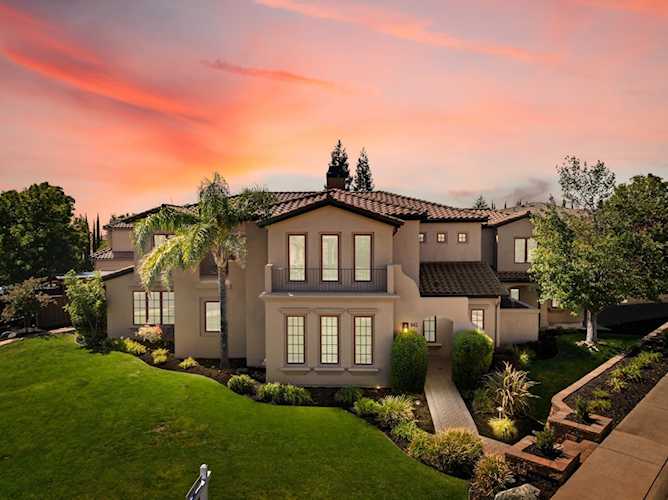3D printing technology has rapidly evolved over the past decade, moving from a niche innovation in manufacturing to a revolutionary force in various industries, including construction. The impact of 3D printing on future home construction is significant, promising to change how homes are designed, built, and maintained. This transformative technology offers numerous benefits, such as reduced costs, faster construction times, greater customization, and improved sustainability. As 3D printing technology advances, it has the potential to reshape the housing market, urban development, and even how we think about housing affordability and accessibility.
In this blog, we will explore the impact of 3D printing on future home construction, discussing its current capabilities, potential benefits, challenges, and what the future may hold for this groundbreaking technology.
1. Understanding 3D Printing in Construction
3D printing in construction, also known as additive manufacturing, involves creating three-dimensional objects by layering materials based on a digital model. In the context of home construction, 3D printing typically uses concrete, cement, or other building materials to print the structural components of a house, such as walls and foundations.
- Technological Advancements: Modern 3D printers for construction can produce large-scale structures by extruding material through a nozzle, layer by layer, to build walls, floors, and roofs. Some systems can print entire houses, while others are designed for specific components or modular elements.
- Material Innovations: While concrete is the most commonly used material in 3D-printed construction, advancements in material science are leading to the development of sustainable and recyclable materials, such as bioplastics and hempcrete, which further enhance the benefits of 3D printing.

2. Benefits of 3D Printing in Home Construction
The adoption of 3D printing technology in home construction presents several advantages that address current challenges in the housing industry, including labor shortages, high costs, and sustainability concerns.
a. Cost Efficiency
- Reduced Labor Costs: 3D printing requires fewer workers compared to traditional construction methods. Automated printing processes reduce the need for skilled labor, which can significantly lower labor costs—an important factor given current labor shortages in the construction industry.
- Minimized Material Waste: The precision of 3D printing reduces material waste, as the technology uses only the exact amount of material needed to create each component. This results in cost savings and a more sustainable approach to construction.
- Lower Overall Construction Costs: By reducing labor, material waste, and time, 3D printing can lower the overall cost of constructing a home by 30-60%, making housing more affordable for a broader range of people.
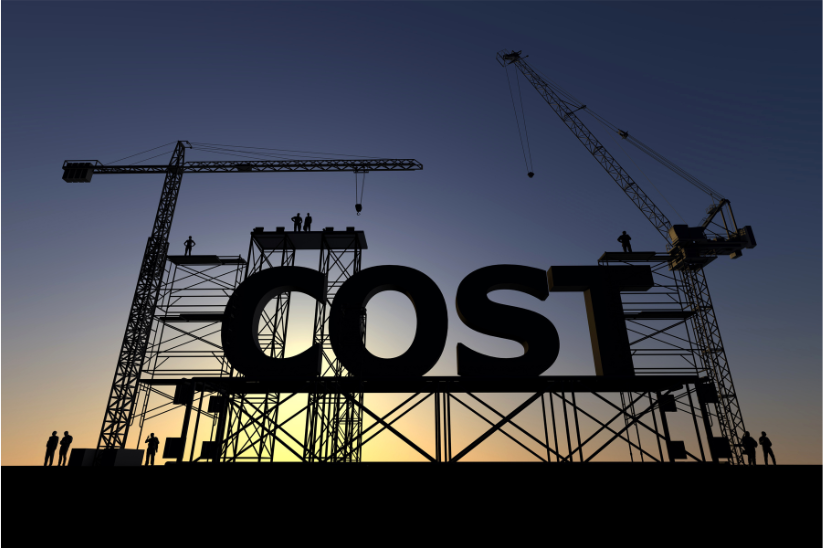
b. Faster Construction Times
- Rapid Building Process: 3D printing technology can build homes much faster than traditional methods. Some companies have demonstrated the ability to print a small house in as little as 24-48 hours, whereas conventional construction might take weeks or months.
- Streamlined Project Management: The use of digital models and automated processes streamlines project management, reducing delays caused by human error, weather conditions, or supply chain disruptions.
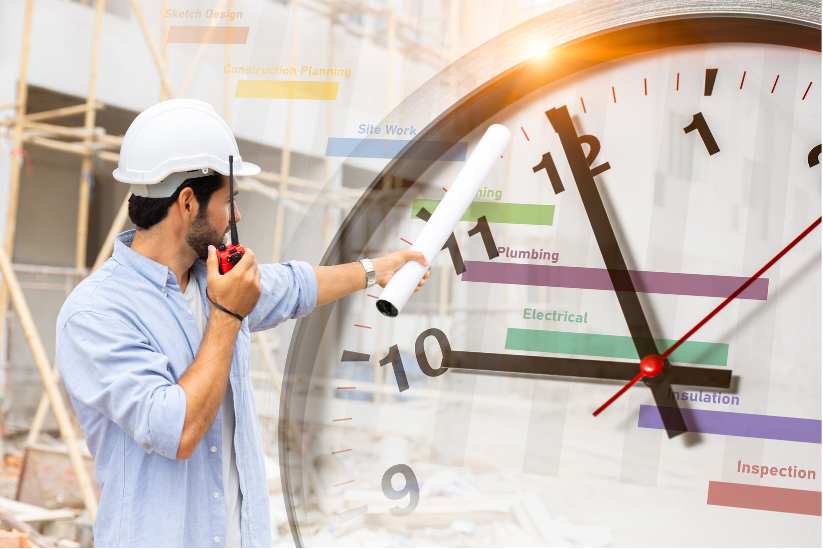
c. Greater Design Flexibility and Customization
- Complex Geometries: 3D printing allows architects and builders to create complex shapes and designs that would be difficult or costly to achieve with traditional methods. This opens up new possibilities for unique architectural styles and innovative housing solutions.
- Personalized Homes: Homebuyers can have more input in the design process, allowing for greater customization of layouts, finishes, and features to suit individual preferences and needs.
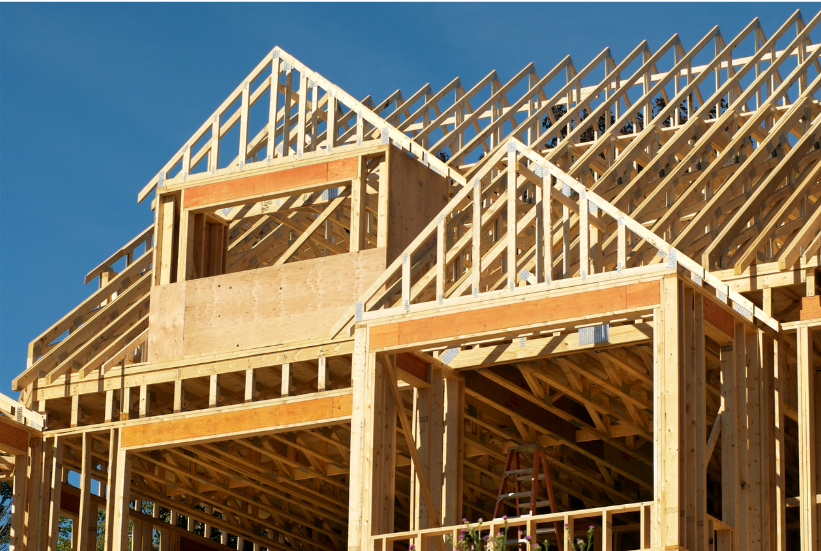
d. Enhanced Sustainability
- Eco-Friendly Materials: 3D printing enables the use of sustainable and recyclable materials, reducing the carbon footprint of home construction. Innovations such as biodegradable materials and recycled aggregates are being explored to make the construction process more environmentally friendly.
- Energy Efficiency: 3D-printed homes can be designed with energy efficiency in mind, incorporating features like thicker walls for better insulation, optimized building orientation for natural light, and integrated renewable energy systems.
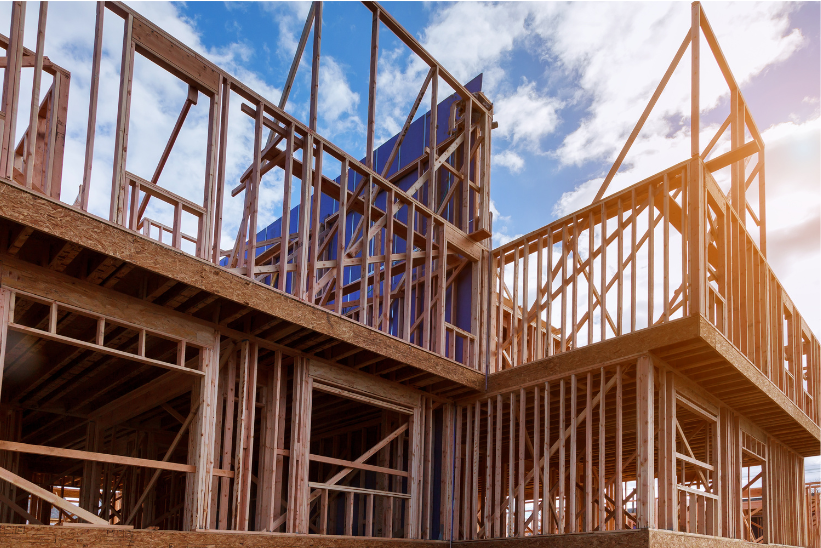
3. Challenges and Limitations of 3D Printing in Construction
While 3D printing holds immense potential for revolutionizing home construction, several challenges and limitations must be addressed to make it a mainstream construction method.
a. High Initial Investment and Setup Costs
- Cost of 3D Printers: The cost of industrial-scale 3D printers for construction is still relatively high, which may deter some builders and developers from adopting the technology. Additionally, the setup and calibration of these machines require specialized knowledge and training.
- Infrastructure and Logistics: Establishing the necessary infrastructure for 3D printing construction sites, such as stable power sources, raw material supplies, and transportation logistics, can be challenging, particularly in remote or underdeveloped areas.
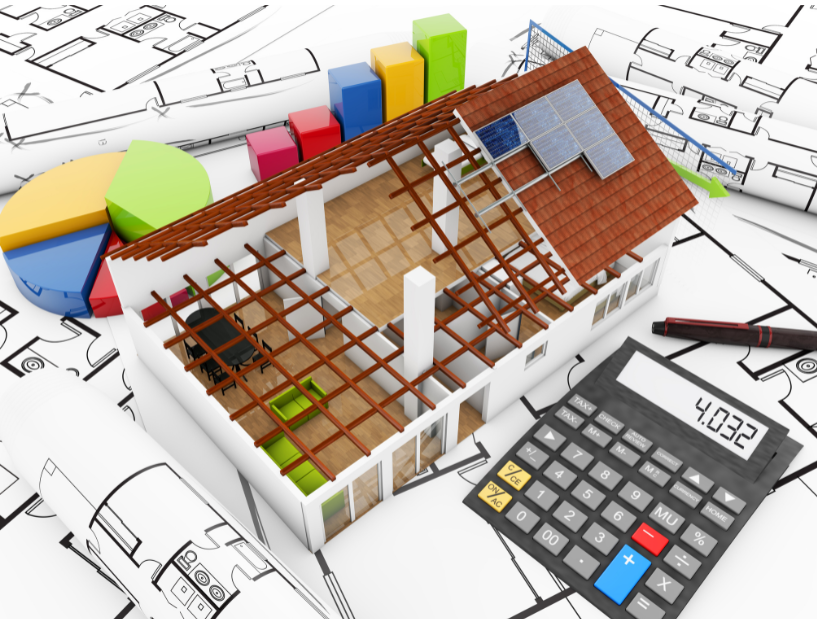
b. Regulatory and Building Code Challenges
- Lack of Standardization: The lack of standardized building codes and regulations for 3D-printed structures is a significant hurdle. Different countries and regions may have varying requirements, making it difficult to obtain permits and approvals.
- Insurance and Financing Issues: Traditional lenders, insurers, and appraisers may be unfamiliar with 3D-printed homes, potentially leading to difficulties in securing financing and insurance coverage.
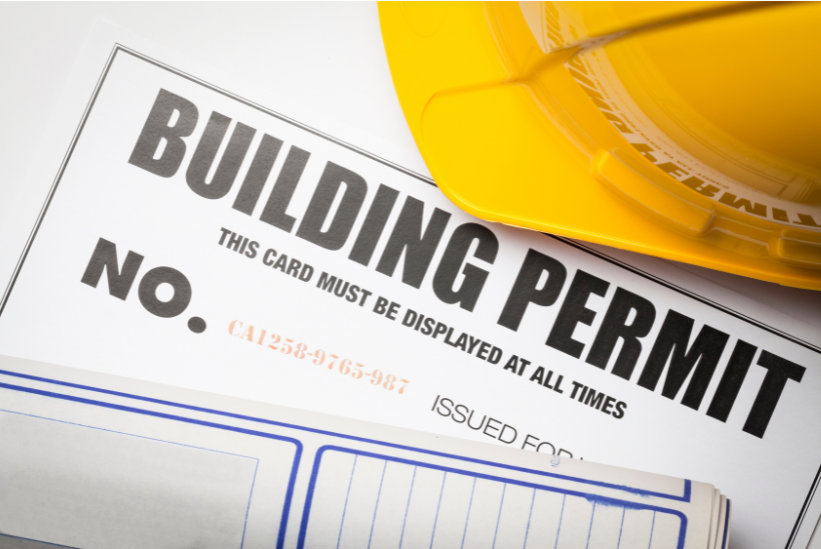
c. Material and Durability Concerns
- Limited Material Options: While concrete is a commonly used material for 3D-printed construction, there are concerns about its long-term durability and environmental impact. More research is needed to develop alternative materials that offer better performance and sustainability.
- Structural Integrity: Ensuring the structural integrity of 3D-printed homes in various climates and conditions, such as seismic activity, extreme temperatures, or high winds, is still an area of ongoing research and development.

d. Workforce Training and Acceptance
- Skilled Workforce Shortage: The adoption of 3D printing technology requires training and upskilling of the workforce to operate and maintain the equipment, as well as manage digital models and printing processes.
- Resistance to Change: The construction industry is traditionally slow to adopt new technologies, and there may be resistance from builders, contractors, and developers accustomed to conventional methods.

4. The Future of 3D Printing in Home Construction
The future of 3D printing in home construction is promising, with several trends and developments indicating that the technology will play a significant role in shaping the housing market and urban development.
a. Increased Adoption in Affordable Housing Projects
- Addressing Housing Shortages: 3D printing technology is already being used in pilot projects worldwide to provide affordable housing solutions, particularly in developing countries or areas affected by natural disasters. As costs decrease and technology improves, 3D printing could become a viable option for addressing global housing shortages.
b. Urban Planning and Smart Cities
- Integration into Smart Cities: 3D printing can be integrated into the development of smart cities, where rapid, efficient, and sustainable construction methods are required. The ability to print customized components on-site can streamline the construction of infrastructure, such as utility buildings, public facilities, and emergency shelters.
c. Advancements in Materials and Techniques
- Innovative Building Materials: Future advancements in materials, such as carbon-reinforced concrete, hempcrete, and recycled plastics, could enhance the durability, strength, and sustainability of 3D-printed homes. Researchers are exploring biocomposite materials that combine strength with eco-friendliness.
- Multi-Material Printing: The development of multi-material 3D printers that can combine different materials in a single print will allow for more complex and integrated building components, further expanding design possibilities.
d. Collaboration with Other Technologies
- Integration with AI and Robotics: The integration of 3D printing with artificial intelligence (AI) and robotics can lead to more efficient and precise construction processes. AI can optimize design and material usage, while robotics can assist in site preparation and assembly.
- Energy-Efficient and Smart Homes: 3D printing can be combined with smart home technologies to create energy-efficient homes with integrated IoT systems, solar panels, and automated climate control.
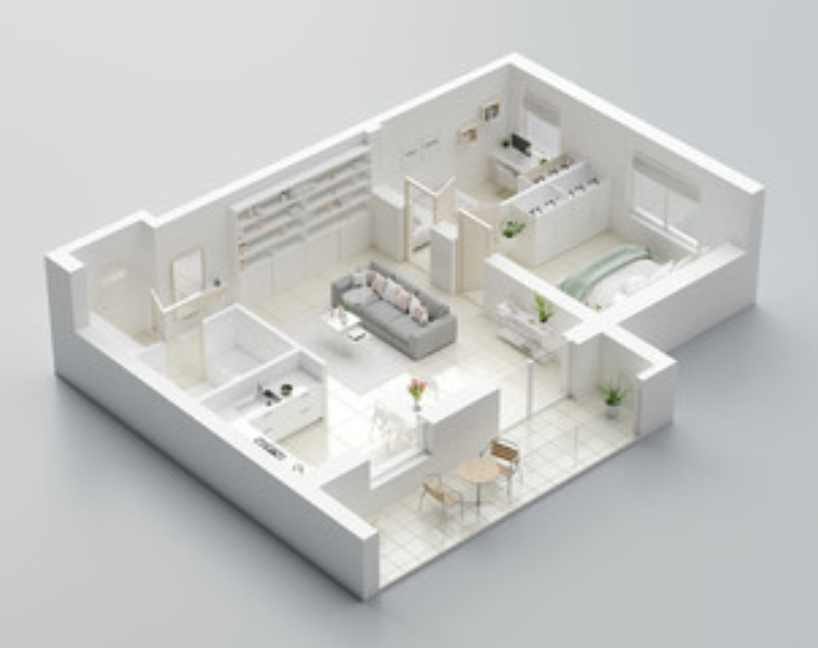
Conclusion
The impact of 3D printing on future home construction is poised to be transformative, offering numerous benefits in terms of cost efficiency, speed, sustainability, and customization. While there are challenges to overcome, such as high initial costs, regulatory hurdles, and material concerns, the potential advantages far outweigh the limitations.
As technology advances and the construction industry becomes more receptive to innovation, 3D printing is likely to become a mainstream method for building homes. By addressing housing shortages, reducing environmental impact, and offering new design possibilities, 3D printing is set to revolutionize how we construct our homes and communities in the years to come.
If there’s anything we can do to support you or if you have any questions about real estate please feel free to reach out to me and my team we would be happy to help you. We love being Sacramento’s real estate resource. Till next time Sacramento!





